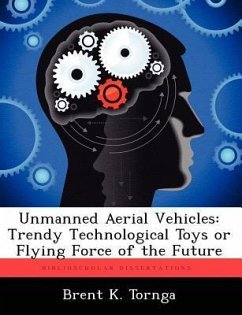Unmanned Aerial Vehicles (UAVs) are not new concepts. In fact, they flew long before the first manned flight. However, with the birth of manned aviation, unmanned projects were relegated to a subordinate position. In recent years, the Department of Defense has expressed more interest, directing priority funding and rapid employment. UAVs have been used in recent conflicts, proving successful in reconnaissance, targeting, and weapons delivery with Commanders requesting ever-increased use. The president has recognized the crucial role UAVs will play to ensure national defense. UAVs provide advantages, such as increased endurance and survivability, and decreased costs and risks to aircrew. UAV proponents say the most modern fighters, such as the F/A-22 and the developmental F-35, are likely the last of their kind, if they are ever produced at all. Even before full-rate production, the pilot is the limiting factor. Advocates envision UAVs conducting ninety percent of all combat sorties by the year 2020. A completely unmanned military flying force in the year 2025 is technologically possible, but not likely based on the uncertainty of technology advancement and on senior civilian and military direction. UAVs will likely integrate and not replace manned aircraft well into the future.
Hinweis: Dieser Artikel kann nur an eine deutsche Lieferadresse ausgeliefert werden.
Hinweis: Dieser Artikel kann nur an eine deutsche Lieferadresse ausgeliefert werden.








